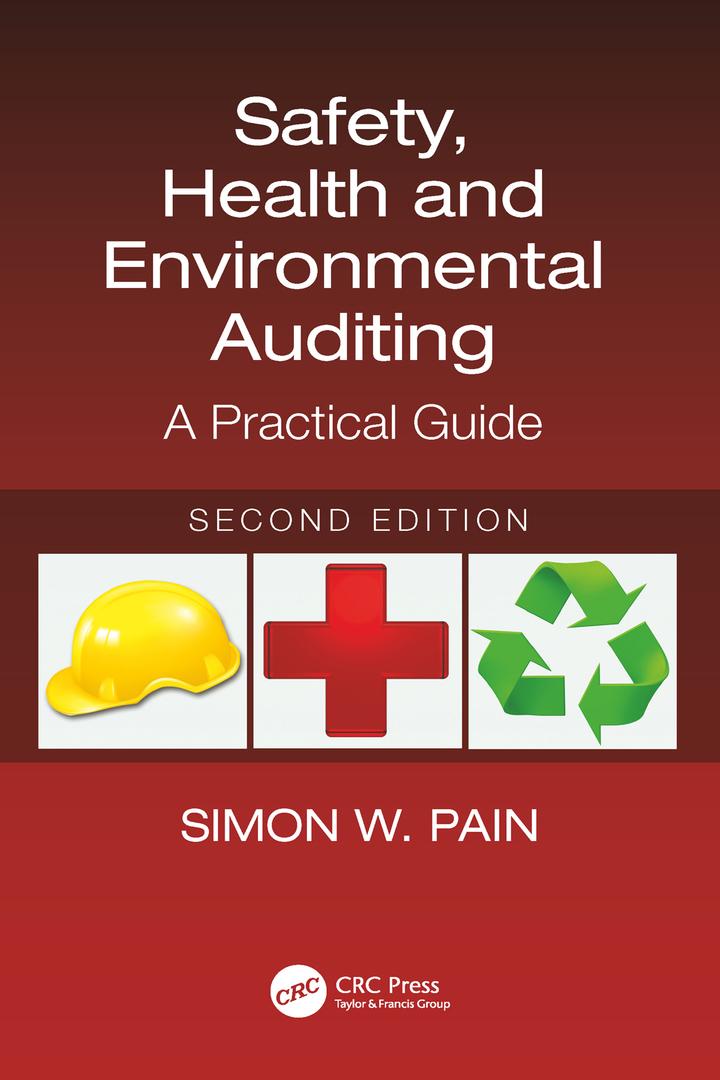Question
You are trying to value the equity of a company with total Sales of 200, Comprehensive income of 10, and Common shareholders equity of 100.
You are trying to value the equity of a company with total Sales of 200, Comprehensive income of 10, and Common shareholders equity of 100. You decide to conduct a comparable companies valuation using the following three comparable companies:
|
| Comparable X | Comparable Y | Comparable Z |
| Income Statement |
|
|
|
| Sales | 500 | 300 | 400 |
| Operating income (after tax) | 100 | 20 | 60 |
| Net financial expense (after tax) | (30) | 0 | (50) |
| Comprehensive income | 70 | 20 | 10 |
|
|
|
|
|
| Balance Sheet |
|
|
|
| Operating assets | 550 | 400 | 650 |
| Operating liabilities | (100) | (100) | (150) |
| Net operating assets | 450 | 300 | 500 |
|
|
|
|
|
| Financial obligations | 300 | 0 | 450 |
| Financial assets | (50) | 0 | (50) |
| Net financial obligations | 250 | 0 | 400 |
|
|
|
|
|
| Common shareholders equity | 200 | 300 | 100 |
|
|
|
|
|
| Market Data |
|
|
|
| Price | 8 | 3 | 1 |
| Shares outstanding | 100 | 250 | 200 |
| Market capitalisation | 900 | 750 | 200 |
You include all three companies in your multiples calculation. What is the value of your company using the mean P/B multiple?
Step by Step Solution
There are 3 Steps involved in it
Step: 1

Get Instant Access to Expert-Tailored Solutions
See step-by-step solutions with expert insights and AI powered tools for academic success
Step: 2

Step: 3

Ace Your Homework with AI
Get the answers you need in no time with our AI-driven, step-by-step assistance
Get Started


